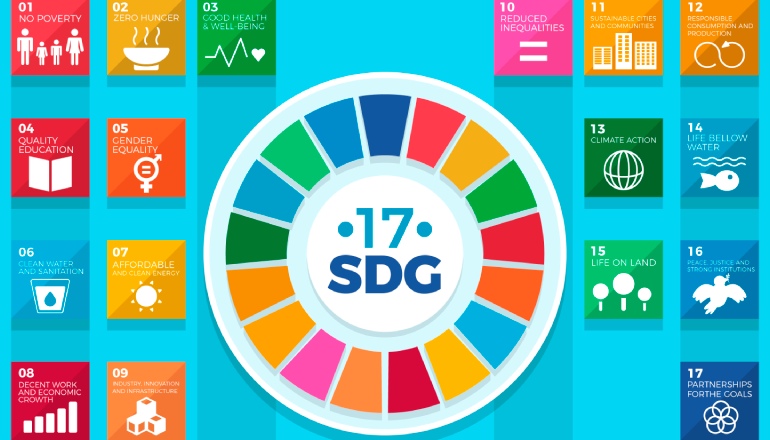Finance Minister Nirmala Sitharaman has emphasized the urgent need to address the $4 trillion financing gap to meet sustainable development goals (SDGs).
Contextually, in a separate incident, Saurabh Garg, Secretary, Ministry of Statistics and Program Implementation, reiterated that India aims to align its sustainable development goals with its 2047 development goal, with 95% of SDG indicators monitored by 2024.
Meanwhile, The FM advocated for the broader use of risk mitigation strategies, monitoring and assessment frameworks, and social impact instruments.
She highlighted the challenge of developing economies’ limited access to development financing. This hinders these nations from reaching their development objectives.
She also emphasized the importance of responding quickly and nimbly to funding requests submitted to multilateral development banks (MDBs). Sitharaman urged MDBs to collaborate with credit rating agencies to boost private capital for development financing. She supported creating special concessional windows for middle-income nations to tackle climate-related issues. She also underlined the need for fresh capital infusion, balance sheet optimization techniques, and financial innovations.
The finance minister sought input from other nations on strengthening the current debt relief and liquidity support systems for low- and middle-income countries. This includes the G20 common framework and the global sovereign debt roundtable.
“I would like to draw your attention to a pressing challenge that hinders developing economies from achieving their development goals — inadequate access to development finance. Recent reports reveal that implementation of many SDGs in developing economies is stagnating with some indicators even regressing. The SDG financing gap is estimated at $4 trillion annually for developing countries. The Global South is disproportionately affected by global uncertainties,” she said.
“… During India’s presidency, the G20 recommended wider adoption of social impact instruments and other blended finance instruments, monitoring and measurement frameworks, and risk mitigation measures,” she added.

